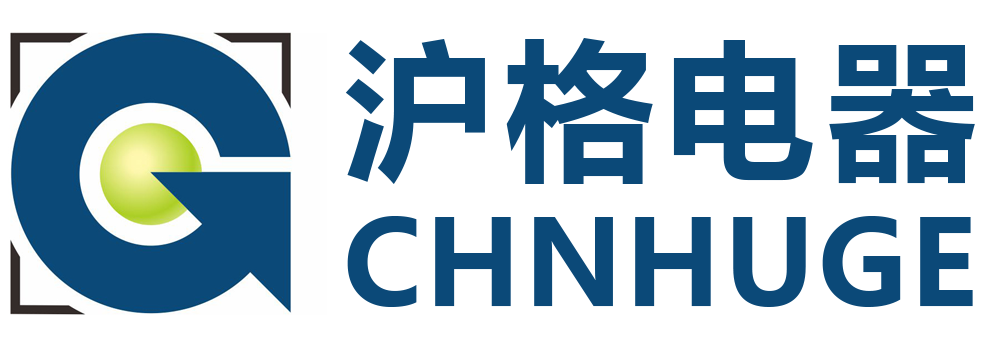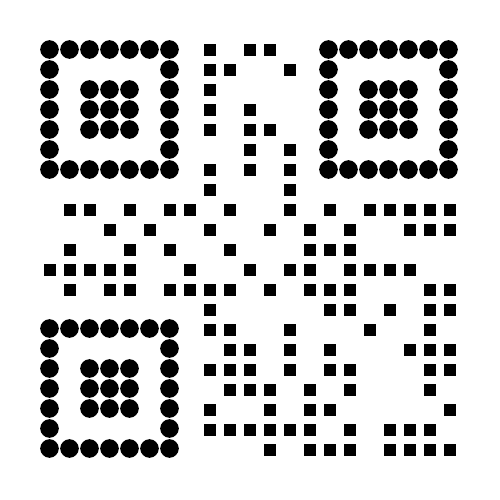The time is accurate to 7.2 billion years with only 1 second deviation
Release time:
2024-01-30 09:46
Source:
"What time is it?"
"Is this watch accurate?"
Do you know what these two questions we ask casually in life mean?
You would never guess that these are two serious scientific questions: What is time? What is standard time?
Not long ago, a Chinese research team successfully developed a strontium atomic optical lattice clock with a stability and uncertainty of better than 5×10-18 (equivalent to an error of no more than 1 second in billions of years) in 10,000 seconds. On this basis, the research team also carried out an item-by-item assessment of the system frequency shift factors of the strontium atomic optical lattice clock, and finally obtained a system uncertainty of 4×10-18, equivalent to a deviation of only 1 second in 7.2 billion years, which has partially met the requirements for the redefinition of "seconds" and is of great value for the construction of a new generation of global time standards in the future and even for providing new methods for gravitational wave detection and dark matter search.
This is a story of a race against "time" - from developing the country's first laser-pumped small cesium atomic clock and a series of miniaturized rubidium atomic clocks, to building the enhanced Loran timing system and differential system, and very long baseline interferometry network, scientific and technological workers have continuously made breakthroughs in key core technologies around the "timekeeping - time delivery - time use" time and frequency industry chain to support the construction of the national time and frequency system.
On the basement floor of the National Time Service Center of the Chinese Academy of Sciences, there are the core equipment for generating "Beijing Time" - the atomic clock group and the world time measurement system. The staff always pay attention to the numbers constantly jumping on the screen and broadcast the generated "Beijing Time" to the whole country without any error.
"Time" comes from this.
But the Earth's rotation speed is getting slower and slower, and the world time based on the Earth's rotation is actually not uniform. Especially in today's satellite navigation system, a time error of 1 nanosecond (one billionth of a second) will result in a distance error of 0.3 meters.
In order to obtain accurate and stable time, the scientific research team aimed at "precision", using the transition characteristics of atomic ground state energy levels and measuring the period of atomic vibration to create a high-precision clock device, an atomic clock. The standard of "time" was thus redefined.
"'Beijing Time' is generated by a set of dozens of time-keeping atomic clocks that compare the 'world time' in real time." Dong Daopeng, senior engineer of Chengdu Tianao Electronic Service Co., Ltd., introduced that the laser-pumped small cesium atomic clock that can be used for the time-keeping atomic clock group was jointly developed by China Electronics Technology Group Corporation and the National Time Service Center. It has an error of 1 second every 300,000 years and has been successfully applied to important projects such as the national standard time generation system, Beidou satellite navigation system, as well as important fields such as electricity, communications and measurement.
From "1 second error every 300,000 years" to "only 1 second deviation in 7.2 billion years", atomic clocks are becoming more and more accurate, meeting the demand for time accuracy in scientific and technological development. However, people living on Earth arrange their work and life according to the laws of the Earth's rotation (the rising and setting of the sun), so people cannot do without world time.
"When the telescope is pointed at a star, we will know the exact time it indicates. The time measured by this method is called universal time." Liu Peng, chief engineer of the high-precision ground-based timing system antenna system engineering project, introduced that as an important technical means of the universal time measurement system, the construction of the very long baseline interferometry network has been accelerated in recent years. The construction tasks of the very long baseline interferometry network, such as the 65-meter Tianma radio telescope in Shanghai, the 50-meter radio telescope in Miyun, Beijing, and the 40-meter radio telescopes in Shigatse and Changbai Mountain, have strongly supported the sub-millisecond autonomous measurement of universal time.
Now that we have “time”, how do we send it out?
Beidou satellite navigation system, longwave, shortwave and other radio timing systems, network, optical fiber, telephone and other wired timing systems are all commonly used timing methods, and the enhanced Loran timing system is currently the most reliable ground-based radio timing method.
The iron arm of the towering plateau is hanging high, and the construction of the enhanced Loran timing system transmitter in Naqu, Tibet is accelerating. The ultra-high umbrella antenna insulation design, strength design, low loss design, differential information transmission based on the Loran data channel, high-power and high-efficiency signal generation and synthesis, precise transmission control... Breakthroughs in key technologies make the transmission of time more accurate.
"By building long-wave timing stations in Korla, Xinjiang, Dunhuang, Gansu, and Nagqu, Tibet, and combining the existing long-wave timing systems with the newly built enhanced Loran differential timing system, we will achieve full coverage of long-wave timing signals in the hundreds of nanoseconds in key areas across the country." Liu Peng is full of pride.
This is just part of the high-precision ground-based timing system, a major national scientific and technological infrastructure. This system uses my country's existing communication optical fiber resources to deploy about 300 optical fiber time and frequency transmission nodes, and builds an optical fiber time and frequency transmission backbone network with a total length of about 20,000 kilometers, connecting major cities and key users across the country.
"Relying on the construction of a high-precision ground-based timing system, combined with the Beidou satellite navigation timing system, and the space station's high-precision time and frequency experimental system, my country will be the first to build a national timing system that is unique in the world, with three-dimensional intersections, mutual reinforcement, and mutual integration." said Zhang Shougang, director and chief scientist of the National Time Service Center.
In addition to knowing how to “keep time” and “give time”, you also need to learn how to “use time”.
This depends on the time unification system! After receiving the Beidou satellite, long wave and other timing signals to obtain the precise time, the system will use the extracted time information to calibrate the local clock and keep it precisely synchronized with "Beijing Time" in real time.
"At present, the unified time system has been applied in information systems such as communication base stations and the Internet. As long as our mobile phones and computers are connected to the network, they can be time-calibrated to ensure the accuracy of time." Different industries have different requirements for the accuracy of time applications. Dong Daopeng gave an example, saying that high-speed rail dispatching management requires second-level accuracy, radio and television broadcasting control requires millisecond-level accuracy, power grid time synchronization and fault location, and communication base station synchronization require microsecond-level accuracy, and satellite navigation provides routine services. Nanosecond-level accuracy...
Achieving different levels of precision, small devices can do a lot!
"As long as we build a small rubidium atomic clock or crystal oscillator into the required system and use our self-developed high-hold intelligent algorithm, the system can still autonomously maintain a high-precision time signal even if the external timing signal is lost for a period of time," said Wei Qiang, hardware engineer at the Atomic Clock Professional Room of the 10th Institute of China Electronics Technology Group Corporation.
For example, the onboard atomic clock is the "heart" of the satellite navigation system and directly determines the positioning accuracy of the satellite navigation system.
"The BeiDou-3 navigation satellite is equipped with a satellite-borne rubidium atomic clock," Wei Qiang introduced. "We can now not only develop satellite-borne rubidium atomic clock system products, but also have the largest batch production line of rubidium atomic clocks in China, which can provide precise 'atomic time scales'."
The demand for precision is endless, and the promotion of technological innovation will never stop. "In the areas where the country needs us, at the time when the country needs us, we should work hard and strive for success!" This is the voice of the scientific research team, and it is also the true footnote of their "Story of Time".




